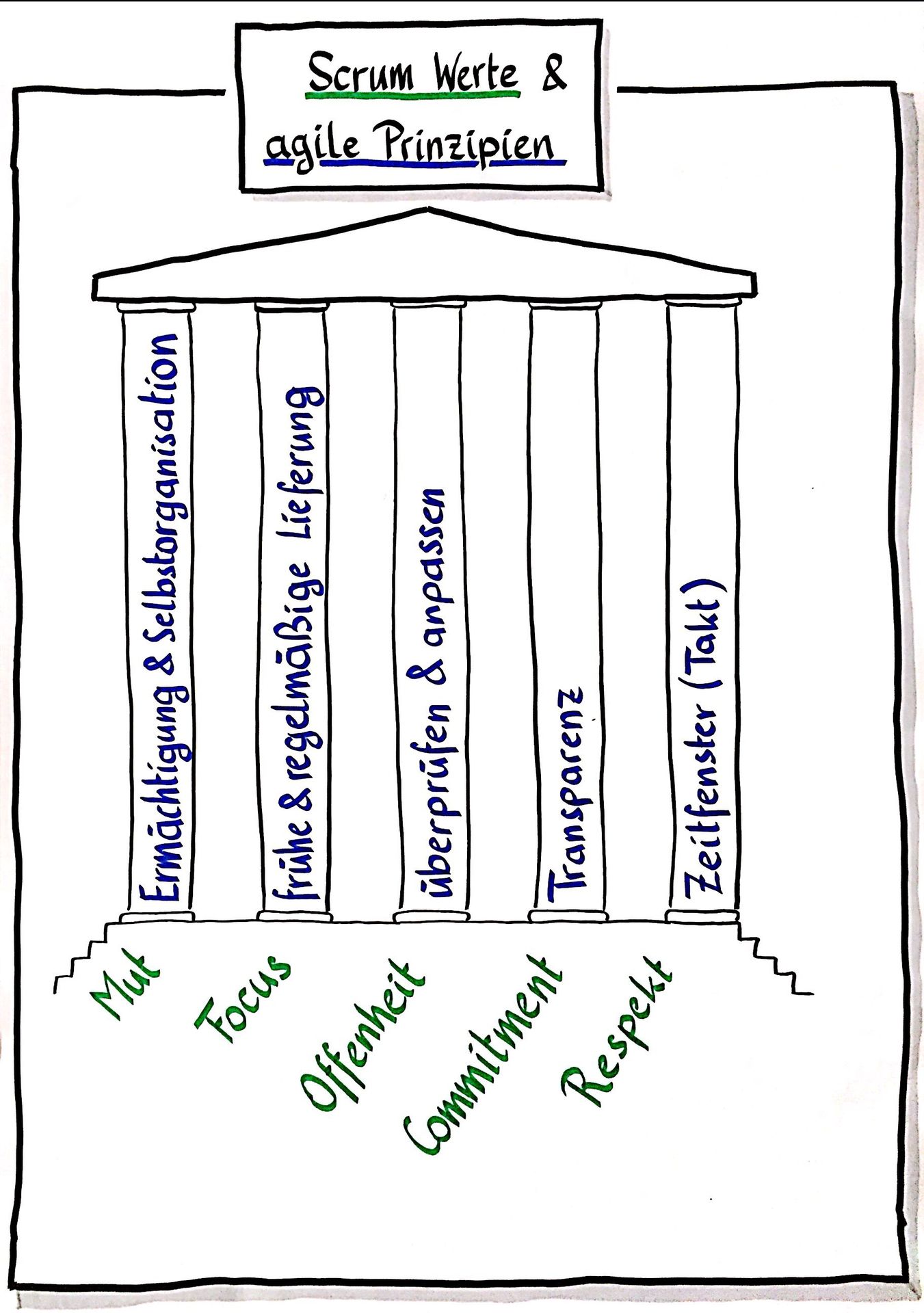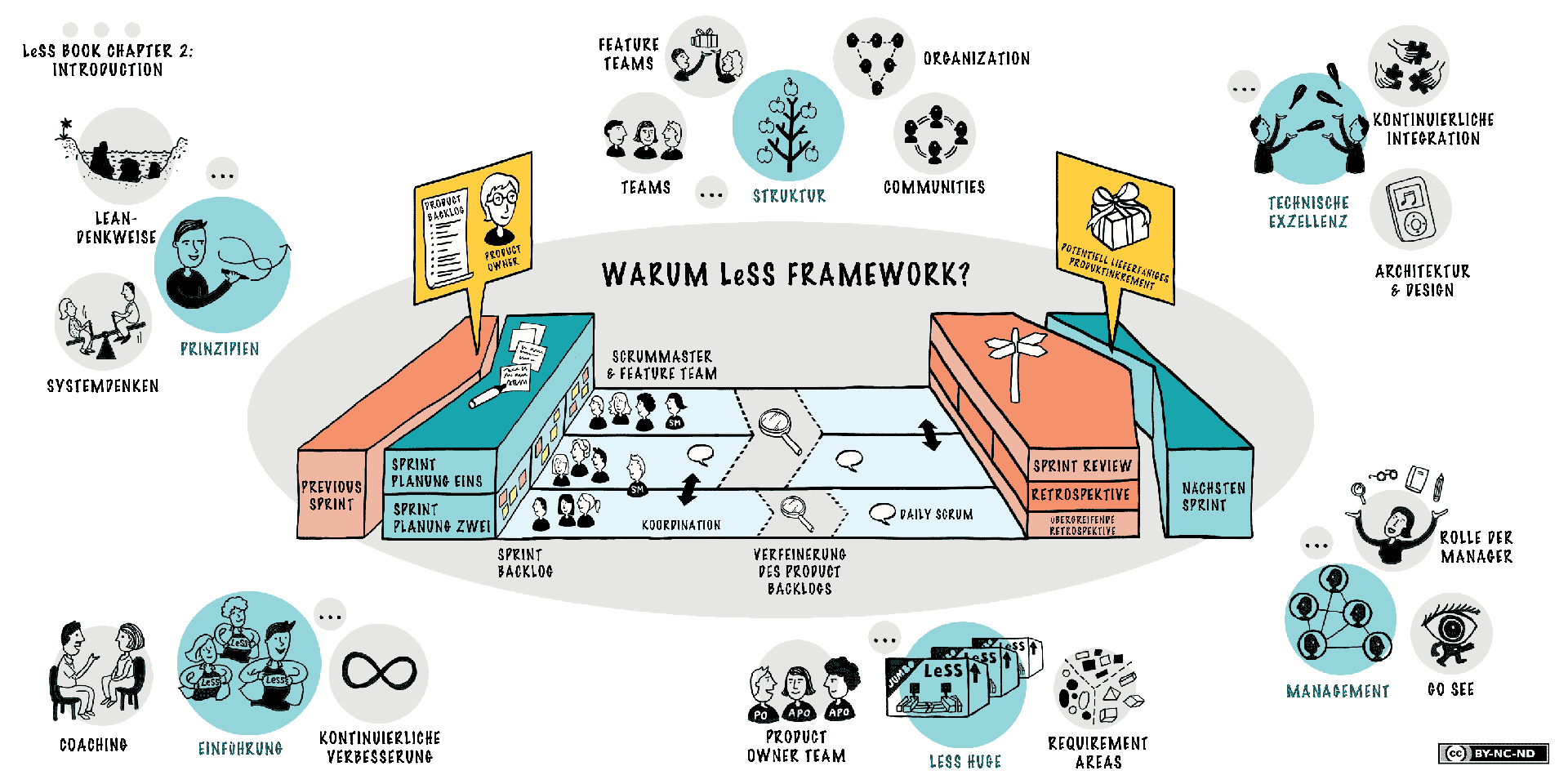Intensive leadership research has been conducted in specialist literature for more than 80 years. During this time, more than 40 different definitions of leadership have emerged and with them at least as many different leadership models. The leadership styles range from the Beginnings of the Great Man TheoryMax Weber's models to one of the latest trends such as the Empowering Leadership. The question that arises is: What has this development achieved?
The wide range of different leadership styles that have emerged over the course of time already suggests that leadership research has not really come up with a green branch despite 80 years of great efforts. Leading leadership researchers, e.g. Cuilla and Carroll, even show a resigned attitude towards the topic of leadership and doubt whether it will ever be possible to define leadership precisely or to describe or define THE ONE leadership style. Nevertheless, the hunt for leadership styles and definitions continues unabated. Is this even necessary or does it provide any added value for business practice?
Rethinking leadership research
At the beginning of the 1980s, there was a break in leadership styles within the specialist literature. People left the island of person-centered leadership styles, which were characterized by authoritarian and Taylorist thinking. Self-empowerment and employee development took center stage - largely under the name of transformational leadership styles. This style has evolved and its characteristics are predominantly reflected in today's empowering leadership. By and large, the appeal behind these leadership styles is for more Self-empowerment and less directive leadership, employee development and more initiative on the part of employees. Some theories even go so far as to advertise with slogans such as "leadership without leadership", which, however, meets with great resistance and rarely escapes being labeled as "nonsense". The creativity of employees, their motivation and their activity should be encouraged by the new methods.
Current situation of the management levels - despair!
At present, this form of management is seen as the only way to meet the challenges of globalization and the increasing complexity and volatility of companies and markets. Despite this, little has changed in practice, especially in traditional industries. Directive, authoritarian management concepts are still practiced, companies are stuck in Tayloristic systems and there is no sign of agility. As a result, organizations, managers and their employees currently find themselves in a muddle between baseless appeals for self-empowerment and dynamic corporate forms in their old structures. Why has so little happened despite the 30-year-old call for change? We are stuck in our old, familiar forms of management. "It's because Taylorist values are deeply rooted in companies," we hear again and again from desperate employees. But is it perhaps due to the appeals themselves? Has management research neglected one of its most important tasks, namely to provide recommendations and decisive approaches for corporate practice?
An extensive look at the literature already suggests that the cause does not lie in the insufficient examination of anti-tayloristic forms of leadership. The approach to leadership defeats its purpose. People do not respond solely to appeals. They need plans, exemplary approaches and approaches to get them started. No one wants to sail into unknown waters without a rough idea of where to go. Nevertheless, it is time to leave the mainland of failed leadership styles and set off in search of new possibilities.
Scrum - makes a start and offers perspectives
Scrum offers a simple but very attractive approach. In contrast to classic management literature, it does not lay it on thick and deals with fundamental philosophical issues. Take this:
- 5 agile principles (empowerment and self-organization, early and regular delivery, review and adaptation, transparency and setting timeframes)
- 3 firmly defined roles within a project organization (ProductOwner, ScrumMaster, Team)
and just get started!

Leadership is no longer found in a concentrated function of the team leader, but is divided up within the roles of the product owner, the scrum master and the team. The hierarchical levels are smoothed and balanced. Even if it appears at first glance that there is no leader due to the flat hierarchy, leadership is still clearly defined. There is a separation of powers. The basic management tasks are divided into three simple roles. Within Scrum, teams become more agile, achieve self-empowerment and ultimately react more quickly to changes than in the typical waterfall process. Scaling models such as LeSS (Large Scaled Scrum) the opportunity to raise these ideas to a level other than team level.

The difference to other models is obvious: you are given an idea and vision of where the journey of future leadership can take you. This does not mean that every team or organization must ultimately anchor itself in the perfect Scrum. Agile leadership can be interpreted very individually, individual solutions for individual problems must be found. Further developments can arise that lead to different places than the initial plan. Let's make a comparison with Columbus. The vision was to reach India by a direct, shorter sea route. They started with an idea of where they would land. In the end, Columbus landed in America with his fleet and made one of the greatest discoveries in human history.
Of course, the whole thing requires a certain amount of courage. Upheaval is never easy and can be uncomfortable at first glance. However, it is important to start with a change, because this is the only way to achieve change and the only way to remain competitive in the digital age. Scrum offers this opportunity to start with a vision. So take this vision into your own hands, set sail and just get started! Ahoy!


Comments
Write a comment